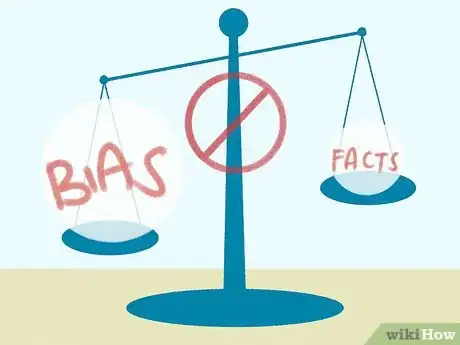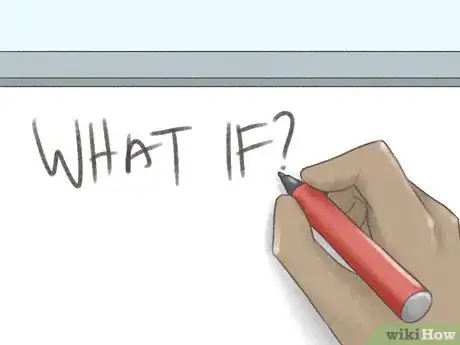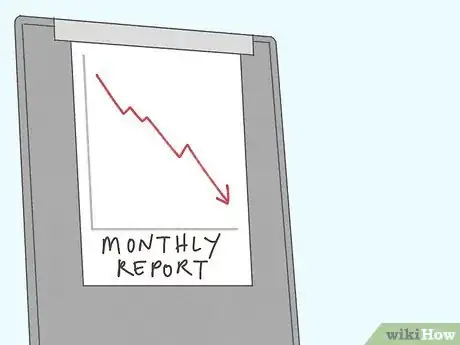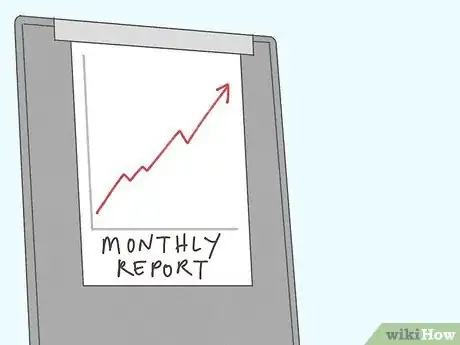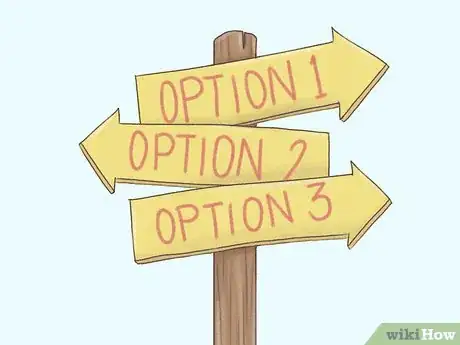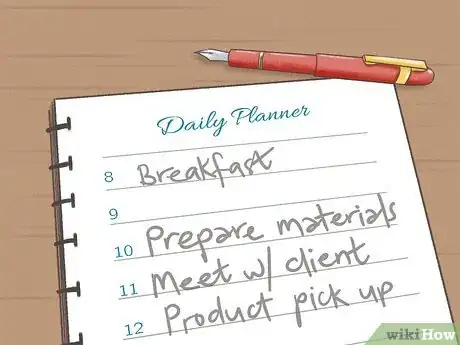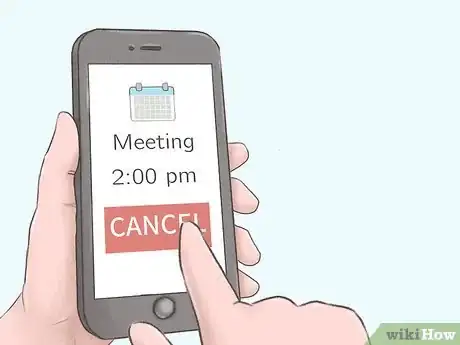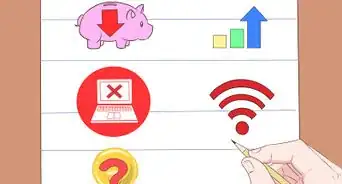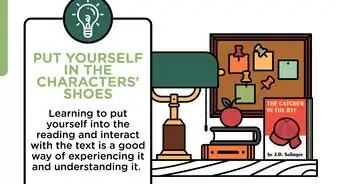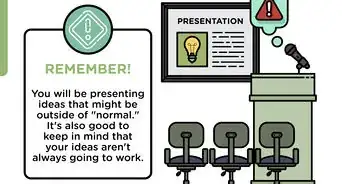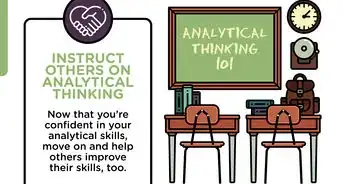X
wikiHow is a “wiki,” similar to Wikipedia, which means that many of our articles are co-written by multiple authors. To create this article, 32 people, some anonymous, worked to edit and improve it over time.
This article has been viewed 301,499 times.
Learn more...
No one can see the future, yet we all must make guesses about it to make decisions and be better prepared for what comes our way. The guesses that we make aren't based on seeing the future, but on our knowledge and past experiences, with a little bit of insight mixed in. If you don't want to be blindsided by the future and want to feel ready for whatever challenges life may throw at you, then you have to become a master at thinking ahead.
Steps
-
1Determine what you want to plan or prepare for. The future is a big place with many eventualities, but chances are that you want to address a specific situation, problem, or opportunity. Define this end to the best of your abilities.
-
2Use your intuition. Not all decisions are rational or carefully analyzed, and intuitive guesses can often be quite powerful. What feels right? What do you think will happen? When you use your intuition, you draw upon your experience and knowledge in a different way than when you make a rational analysis.[1]
- Listen to your first instinct. Intuition often works best before you've had time to study any details, so pay attention to it, even if you do not act immediately on it.
- Intuition may clue you into emotional factors and subtle cues that you might otherwise miss. If something feels wrong about a situation or you just don't like somebody, don't ignore it, even if you can't put your finger on the problem.
- Use intuition as a "lead" rather than as a solution. Investigate what might be causing your hunch or gut feeling and dig deeper until you find it.
Advertisement -
3Consider what you already know. Prior knowledge comes from many places. Have you tried something similar before? Do you know how somebody is likely to react? Have you seen something done or could you read about others' experiences with a situation? Could you ask others? Can you try something out or gather data that might suggest what could happen?
-
4Detect your own bias. People tend to bias their guesses and actions in certain predictable ways. For example, recent events may play a larger role in influencing decisions than they warrant; or, you may be more likely to believe something just because everyone around you believes it. If you think this sort of thing is happening, start looking closely at hard evidence (like facts and numbers) and question your assumptions.[2] Consult the list of cognitive biases for common presumptions and biases and see if any apply to you.[3]
-
5Invent hypothetical situations related to your objective. Ask yourself "what if" for various possibilities and imagine possible outcomes, possible courses of events that could result. Especially, think about the possible consequences of different courses of action.
-
6Consider the worst-case scenario. What is the worst thing that could happen? Evaluate the possible risks.[4]
- Is the worst case something you and others could tolerate? Could you clean up a mess, try again later, apologize, lose a bit of money, or cope with criticism or rejection?
- Is the worst case something you could plan for, avoid, or mitigate?
- Is the worst case too risky or too undesirable?
- How likely is the worst case, and how likely is an undesirable outcome?
-
7Consider the best-case scenario. What is the best thing that could happen? Evaluate the possible rewards.
- What can you do to bias the outcome towards the best case?
- Where should you set your goals?
- How likely is the best case, and how likely is a desirable outcome?
-
8Think of possible actions to take. If you are trying to think ahead, it is probably because you want to decide how to respond to some situation or need, so think of possible responses.
-
9Evaluate those actions. Based on your experience and knowledge about how such events usually turn out, choose or narrow down which action to take.
-
10Prepare. Whatever you have to get ready, be it people, equipment, facilities, plans, or simply courage, get it ready.[5]
-
11Try it. Act according to your forecasts and your plans. Then, let life take its course. See what happens. By taking note of the outcome, you will have more experience and knowledge to draw upon the next time you must make a decision such as this one.
-
12Adjust. As you see what does transpire, adjust your actions or responses as best as you can. You may not have the opportunity to change course after you begin, but you do have the benefit of acquiring new information or results. Use them to decide how to modify your actions in the present and the future.[6]
Advertisement
Warnings
- Don't get so caught up in thinking ahead that you fail to act. Often, the best thing to do is to try something based on your best guess and see whether it works.⧼thumbs_response⧽
- Treat your guesses and plans as just that. No one can foresee every eventuality.⧼thumbs_response⧽
Advertisement
References
- ↑ https://www.psychologytoday.com/us/blog/wander-woman/201409/how-use-your-intuition
- ↑ https://www.ualberta.ca/folio/2018/05/how-to-check-your-unconscious-biases.html
- ↑ https://positivepsychology.com/cognitive-biases/#codex
- ↑ https://hbr.org/2020/09/what-to-do-when-your-mind-always-dwells-on-the-worst-case-scenario
- ↑ https://blogs.cdc.gov/publichealthmatters/2017/09/preparing-for-the-worst-case-scenario-2/
- ↑ https://centerstone.org/adjusting-to-change-adapt-and-overcome/
About This Article
Advertisement



